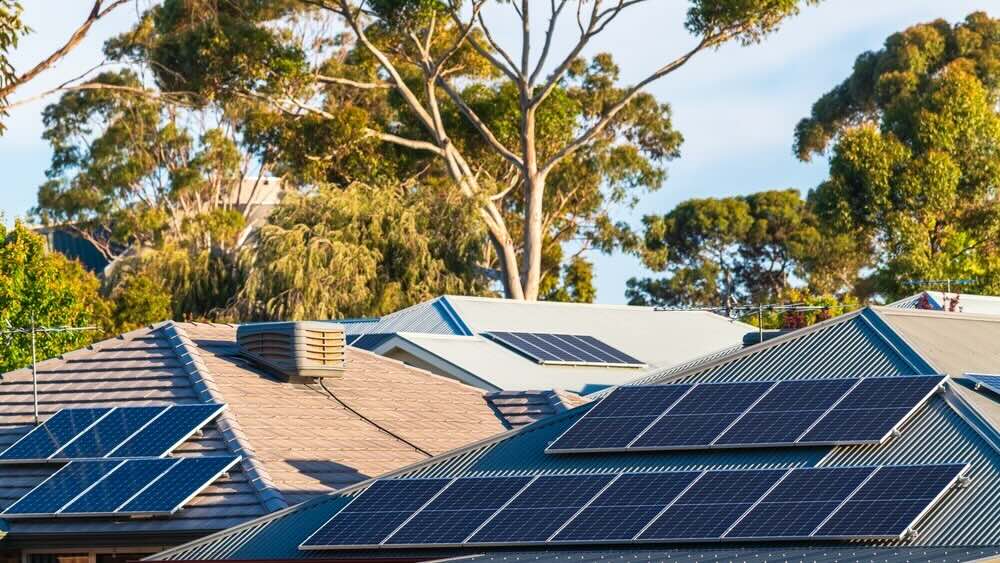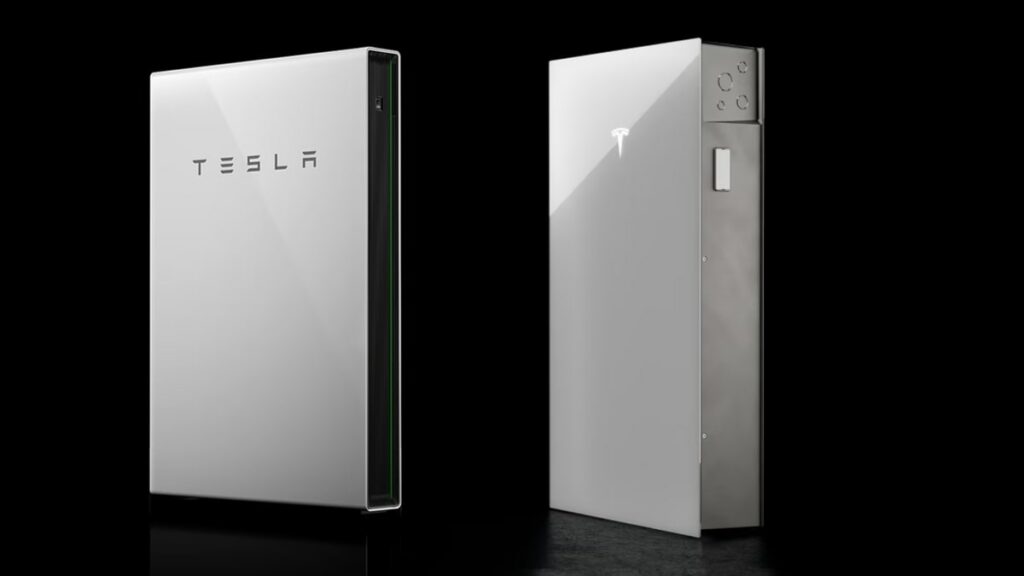Last update January 28th, 2025 at 05:17 pm
Australia has long been at the forefront of the renewable energy movement, with a strong focus on solar energy. As the country continues to transition towards a greener future, solar and battery rebates, subsidies, and incentives have played a crucial role in encouraging homeowners to adopt clean energy. In 2025, several government schemes and incentives remain available to help Australians reduce the cost of solar and battery storage systems. This post will guide you through the key rebates, subsidies, and incentives, helping you understand how they can benefit you and your energy savings.

Solar Rebates in Australia
One of the most well-known solar incentives in Australia is the Small-scale Renewable Energy Scheme (SRES). Under this scheme, homeowners who install solar panels can claim Small-scale Technology Certificates (STCs). These certificates reduce the upfront cost of installing a solar system. The amount of STCs you receive depends on your location, the size of your system, and the year of installation. In 2025, STCs continue to be a valuable incentive, with the number of certificates slowly decreasing each year as part of the program’s planned phase-out by 2030. To calculate the STC rebate, simply enter your details into our STC Solar Calculator and follow the instructions.
The STCs you receive can be sold to electricity retailers, who are required to purchase a certain number of certificates each year. This arrangement translates into a direct reduction in the price of your solar system. For a typical 6.6kW solar installation, the rebate could save you up to $2,050 on upfront costs. The further north you are in Australia, the more STCs you receive due to higher solar exposure, maximising the savings for those in sunnier regions.
Feed-in Tariffs (FiTs)
Feed-in tariffs (FiTs) allow you to earn money by exporting excess solar energy back to the grid. While FiTs have decreased over the years, they still offer a way to offset some of your energy costs. In 2025, FiT rates vary by state and energy provider.
Although FiTs are lower than they were in previous years, they still provide a financial benefit, especially for households without battery storage. With the declining FiT rates, more homeowners are considering battery storage to maximise their energy use instead of exporting it to the grid at low rates.
State-Based Solar Rebates and Subsidies
In addition to federal programs like the SRES, several states offer their own solar rebates and incentives in 2025.
Queensland
Here’s what’s available in Queensland:
- National Government Rebate – The national STC scheme applies to all system sizes and can lower the upfront cost of a 6.6kW system by around $2,052. Keep in mind that advertised prices in Queensland already include this subsidy.
- Feed-in tariff – Earn money for surplus energy exported to the grid after installation. This helps speed up the payback period for your solar investment.
New South Wales
In New South Wales, there are several incentives available:
- National Government Rebate – The national STC scheme applies to all system sizes and can lower the upfront cost of a 6.6kW system in Sydney by around $2,052. Keep in mind that advertised prices already include this discount.
- Feed-in tariff – You’ll receive payment for each kilowatt-hour of surplus electricity your system exports to the grid, helping offset costs.
- Battery Incentives – Homes and businesses with rooftop solar can take advantage of the Peak Demand Reduction Scheme (PDRS) incentives, which support the installation of residential battery storage and connection to a Virtual Power Plant (VPP). To access these benefits, you’ll need to partner with an accredited supplier. These incentives will help you maximise the solar energy you generate while reducing your electricity bills. To check if you’re eligible for the following incentives visit NSW Climate and Energy Action.
- Receive between $770 to $2,400 off the upfront installation costs of a battery, depending on the battery size.
- Earn between $250 to $400 for connecting your household or business battery to a VPP.
- Local Council Incentive – Residents of the Randwick local government area can receive a rebate of up to 10% off the cost of rooftop solar systems and home batteries. Further information can be found here.
ACT
Canberra residents have several incentives to choose from:
- National Government Rebate – In Canberra, this subsidy can reduce the upfront cost of a 6.6kW solar system by around $2,052. Note that advertised system prices in the ACT already include this subsidy.
- Home Energy Support – Eligible households, such as Pensioner Concession Card and Veterans’ Affairs Gold Card holders, can receive a rebate of up to 50% (capped at $2,500) on a rooftop solar system, along with an interest-free loan to cover the remaining cost. For further information Home Energy Support.
- Sustainable Household Scheme – This program offers zero-interest loans from $2,000 to $15,000 for energy-efficient upgrades, including solar panels and batteries, with repayment terms of up to 10 years. Learn more about the Sustainable Household Scheme.
- Feed-in tariff – When your solar system generates excess energy, you can export it to the grid and earn money in return.
Victoria
Victorians have a range of incentives available to go solar and electrify their homes:
- National Government Rebate – This subsidy significantly reduces the cost of solar panels, providing around a $1,748 discount for a 6.6kW system installed in Melbourne in 2025. Advertised prices in Victoria already include this amount.
- Victorian Solar Panel Rebate – Homeowners can receive up to $1,400 towards the cost of a solar system, in addition to the national solar rebate. There’s also an interest-free loan option available. Find out more here.
- Feed-in tariff – You’ll earn payments for surplus solar energy your system exports to the grid.
Tasmania
Here’s what’s available in Tasmania:
- National Government Rebate – Although solar power costs more in Tasmania, this subsidy provides a discount of approximately $1,748 on a 6.6kW installation. Advertised system prices in Tasmania already reflect this discount.
- Feed-in tariff – When your system generates excess electricity beyond your home’s needs, you can export this surplus to the grid and receive payments for it.
South Australia
South Australia excels in solar energy, supported by several key programs:
- National Government Rebate – This subsidy remains generous despite annual reductions. For example, a 6.6kW system receives an approximate discount of $2,052 in 2025. Note that advertised prices in South Australia already include this subsidy.
- Feed-in tariff – One of the benefits of solar panels is that you get paid for any excess electricity your system generates and exports to the grid, even if your home doesn’t use all the power.
- Local Council Incentive – The Adelaide City Council offers up to 20% off the cost of a solar system and subsidises EV chargers. This incentive is available in Adelaide City and North Adelaide, but not in other suburbs. Learn more about the incentive here.
Western Australia
Here’s what’s available in Western Australia:
- National Government Rebate – This subsidy applies to all system sizes. For a 6.6kW system in 2025, it provides around $2,052 off. Advertised prices for solar systems already include this discount.
- Feed-in tariff – You’ll earn payments for any surplus energy your system generates and exports to the grid.
Northern Territory
Territorians can benefit from the following schemes:
- National Government Rebate – This subsidy varies by installation size and location. In Darwin, it’s the highest among Australian capitals, offering around $2,280 off a 6.6kW system in 2025.
- Feed-in tariff – You’ll receive payments for any surplus energy your solar panels generate and export to the grid, even if your home doesn’t use all of it.

Financial Incentives for Battery Storage
For homeowners looking to reduce their reliance on the grid, these battery rebates can make the transition to energy independence more affordable. The combination of solar and battery storage allows you to maximise your energy savings and lower electricity bills even further.
Queensland
- Queensland’s Battery Booster program, which offered up to $4,000 in subsidies for home batteries, ended on 8 May 2024. Currently, no battery subsidy is available in Queensland.
New South Wales
- Peak Demand Reduction Scheme – Starting November 1, 2024, a NSW battery subsidy offers between $1,600 and $2,400 towards installation costs. Additionally, you can earn $250 to $450 for joining a Virtual Power Plant (VPP), with another payment available after three years. Find out more here.
Victoria
- Solar battery loans – In 2024-2025, 4,500 interest-free loans of up to $8,800 are available for battery storage systems. Find out more here.
Northern Territory
- Home and business battery scheme – Eligible homeowners and businesses can access a grant of $400 per kilowatt hour of useable battery system capacity, up to a maximum grant of $12,000, for eligible battery systems. For example, a 13.5kWh Tesla Powerwall qualifies for the full $5,000 grant. More details are available here.
How Solar and Battery Incentives Benefit Homeowners
The combination of rebates, subsidies, and feed-in tariffs makes installing solar panels and battery storage systems more affordable. These incentives significantly reduce the upfront costs of installation, helping homeowners achieve energy savings much sooner. Additionally, with solar and battery systems, households can reduce their reliance on traditional power sources, leading to long-term financial and environmental benefits.
Moreover, as energy prices continue to rise in Australia, installing solar and battery storage becomes a more attractive investment. By generating and storing your own electricity, you can avoid peak energy costs and reduce your overall power bills. For many Australians, the savings from solar and battery systems pay off the initial investment within three to seven years, depending on system size and energy usage.
Conclusion
In 2025, Australia continues to offer a range of rebates, subsidies, and incentives for solar and battery storage systems. These programs are designed to make clean energy accessible to more households, while also promoting energy independence and reducing carbon emissions. By taking advantage of these incentives, Australian homeowners can significantly lower the cost of installing solar and battery systems, leading to long-term savings and a more sustainable future.
Now is the perfect time to invest in solar energy. Whether you’re considering adding battery storage or installing your first solar system, the available rebates and subsidies make it easier than ever to switch to renewable energy.